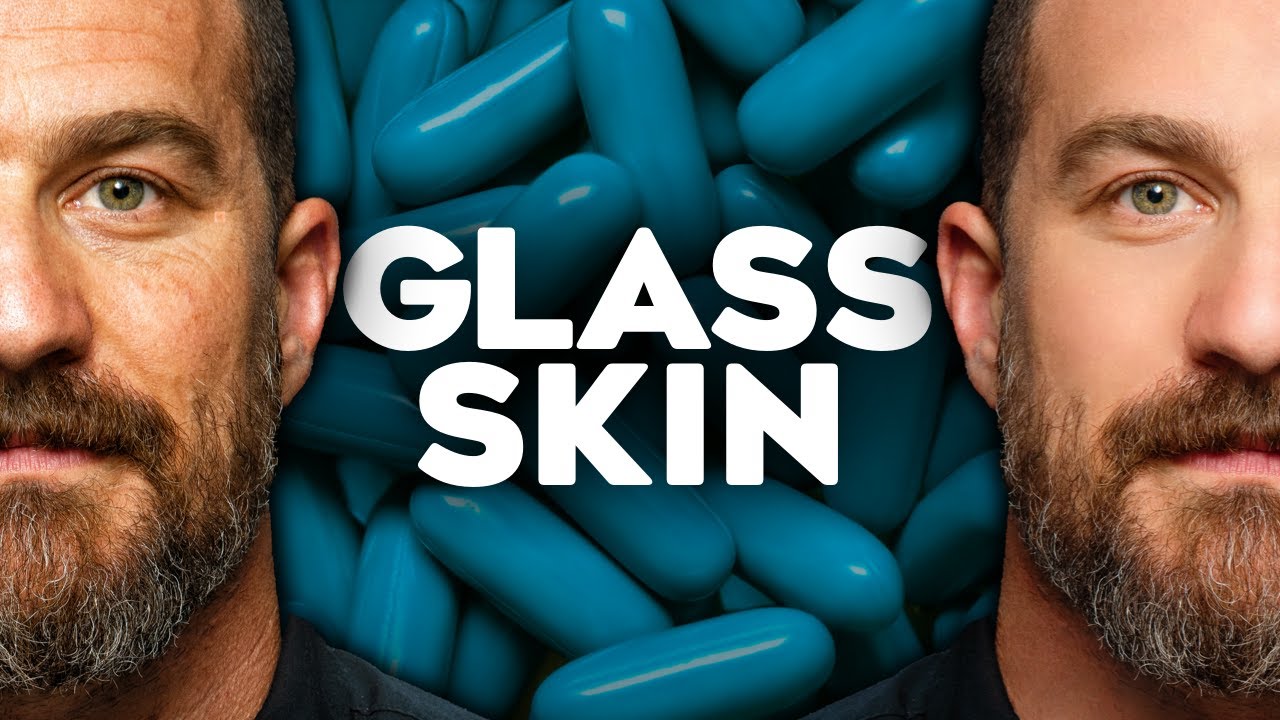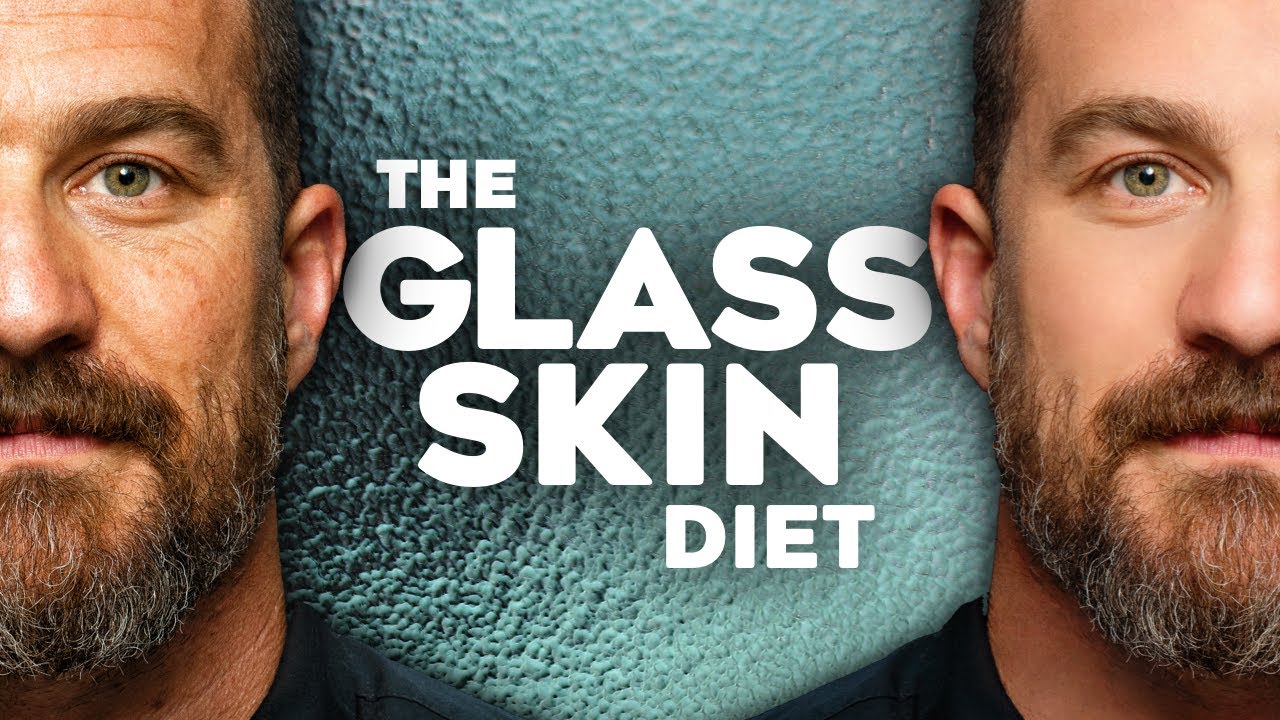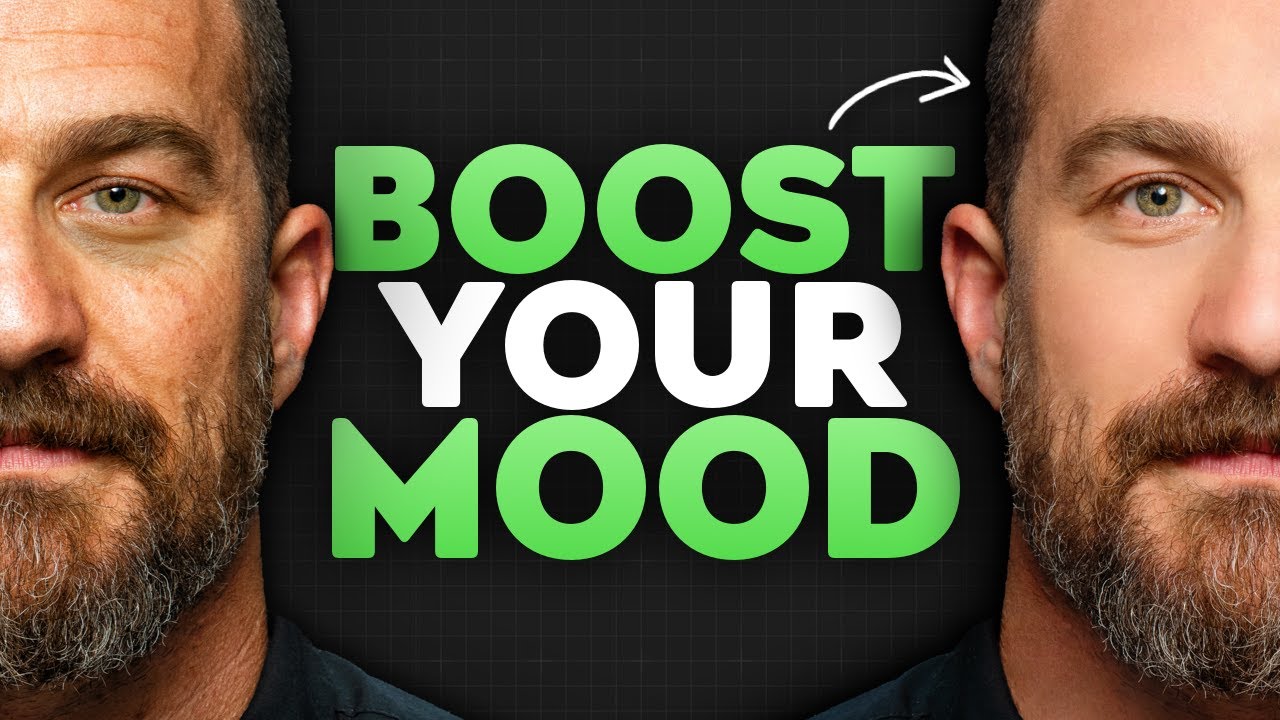Navigating the complex landscape of health information can be challenging, especially when it comes to sensitive topics like autism. As a nutritionist and chef dedicated to promoting well-being through evidence-based approaches, my goal is to provide clarity and actionable insights. This article delves into the current understanding of autism, its potential connections to inflammation and environmental factors, and explores supportive nutritional strategies.
Unraveling Autism: Beyond the Headlines

Autism Spectrum Disorder (ASD) is a neurodevelopmental condition characterized by a wide range of social, communication, and behavioral differences. For decades, the search for its causes has been a subject of extensive scientific inquiry, often overshadowed by misinformation. It’s crucial to state unequivocally: the scientific consensus, supported by robust research, firmly establishes that vaccines do not cause autism. This conclusion is consistently affirmed by leading global health organizations and countless independent studies.
While the exact cause of autism remains multifaceted, current research points to a complex interplay of genetic predispositions and environmental influences. It’s not a single factor but a combination that likely contributes to its development. The prevailing view among medical and scientific communities is that autism is primarily genetic, with various genes identified that may increase susceptibility. Environmental factors are also being investigated, but these are distinct from vaccine components.
The Inflammatory Link: A Deeper Dive into Autism Biology
Emerging research has shed light on a fascinating area of inquiry: the role of inflammation in the brains of individuals with autism. Studies, including those by neurologists like Dr. Albert Combre, indicate a notably higher level of chronic inflammation in the brains of many autistic individuals. This inflammation is often described as non-microbial or non-pathogenic, meaning it’s not directly caused by bacteria or viruses. This observation opens up new avenues for understanding the biological underpinnings of ASD.
Intriguingly, some research has also highlighted a higher prevalence of autoimmune conditions among autistic children, with one study suggesting that up to 70% exhibit elevated levels of autoimmune markers. This connection between inflammation, autoimmunity, and autism is a significant area of ongoing investigation, offering potential insights into the systemic health of individuals on the spectrum.

Environmental Considerations: The Role of Aluminum and Detoxification
While vaccines themselves are not implicated in causing autism, the conversation often expands to include concerns about vaccine components, particularly adjuvants like aluminum. Aluminum compounds are widely used in some vaccines to enhance the immune response. Research indicates that aluminum, at certain concentrations, can be neurotoxic, potentially impacting learning, memory, concentration, and speech.
The question then arises: how might aluminum, especially when injected, interact with the body’s systems? Studies suggest that aluminum from adjuvants can persist in the body for unexpectedly long durations and, aided by immune cells, may cross the blood-brain barrier. This raises legitimate questions about its potential long-term effects, particularly in vulnerable individuals. It’s important to note that the FDA and other health agencies regulate aluminum levels in other parenteral solutions, requiring warning labels for potential hazards, yet similar explicit safety limits or warnings for aluminum in vaccines are not mandated. This disparity prompts further discussion and research.
Examining historical data, some analyses point to a correlation between the increase in the number of recommended vaccine doses for children and a rise in autism diagnoses. For instance, data from 1980 to 2023 shows a significant increase in both vaccine doses administered by age six and the reported incidence of autism in the U.S. While correlation does not equate to causation, these observations underscore the importance of continued, independent research into the long-term biological effects of vaccine components. Furthermore, some studies on vaccine trials have been criticized for using control groups that also received aluminum-containing placebos, potentially obscuring meaningful comparisons.
Comparisons with populations and countries that have less aggressive vaccine schedules or lower vaccination rates, such as the Amish community, an unvaccinated population, have also noted significantly lower reported rates of autism diagnoses. While these observations are not definitive proof of causation, they contribute to the ongoing dialogue and highlight the need for comprehensive and unbiased research into all potential contributing factors to autism.

Nutritional Strategies and Supportive Protocols
Given the emerging understanding of inflammation and potential environmental influences, what steps can be taken to support the health of individuals with autism? While there is no “cure” for autism, and indeed, many in the autistic community advocate for acceptance and support rather than a search for a cure, nutritional and lifestyle interventions can play a significant role in managing symptoms and enhancing overall well-being.
Dr. Combre’s protocol, for instance, focuses on modulating the immune system and supporting detoxification pathways. Here are some key components he often recommends:
- Vitamin D3: Administered in higher doses (e.g., 10,000 IU), vitamin D3 is known for its immune-modulating properties and its ability to help calm an overactive immune system, which may be beneficial in addressing neuroinflammation.
- Propolis: This natural compound, produced by bees, is recognized for its potent anti-inflammatory effects, particularly within the brain, and its capacity to help regulate a dysfunctional immune response.
- Oral Silica Supplementation: Perhaps the most emphasized component, silica (specifically monomethylsilanetriol) is suggested to help bind to and facilitate the elimination of aluminum from the body. Doses typically range from 100 to 200 mg, three times daily. This approach aims to support the body’s natural detoxification processes.
- Glycinate (for hyperactivity): For children experiencing hyperactivity, 4 grams of glycinate may be added to the protocol to help calm the nervous system. Adjustments are made based on individual responses to avoid excessive sedation.
- Low-Carbohydrate Diet: While not a “claim” or a “cure,” a low-carbohydrate, ketogenic-friendly diet is often suggested to promote the production of ketones, which can serve as an alternative fuel source for the brain and may offer neuroprotective benefits. This dietary approach aims to support overall brain health and function.
These nutritional strategies are not presented as definitive treatments but rather as supportive measures based on the understanding of inflammation and toxicity. The ultimate goal is to optimize the body’s internal environment to support neurological health.
The Path Forward: Informed Choices and Holistic Well-being
The discussion around autism is complex and deeply personal for many families. While the scientific community firmly refutes a vaccine-autism link, ongoing research into inflammation, genetics, and environmental factors continues to broaden our understanding. As a nutritionist and chef, my passion lies in empowering individuals with knowledge and practical tools to support their health through nutrition and lifestyle.
Understanding the intricate connections between our diet, environment, and overall well-being is paramount. By focusing on nutrient-dense foods, supporting detoxification pathways, and exploring targeted supplementation under professional guidance, we can strive for optimal health for ourselves and our loved ones.Ready to explore personalized nutritional strategies that align with your health goals? Discover how a tailored approach to healthy eating can support your well-being.



